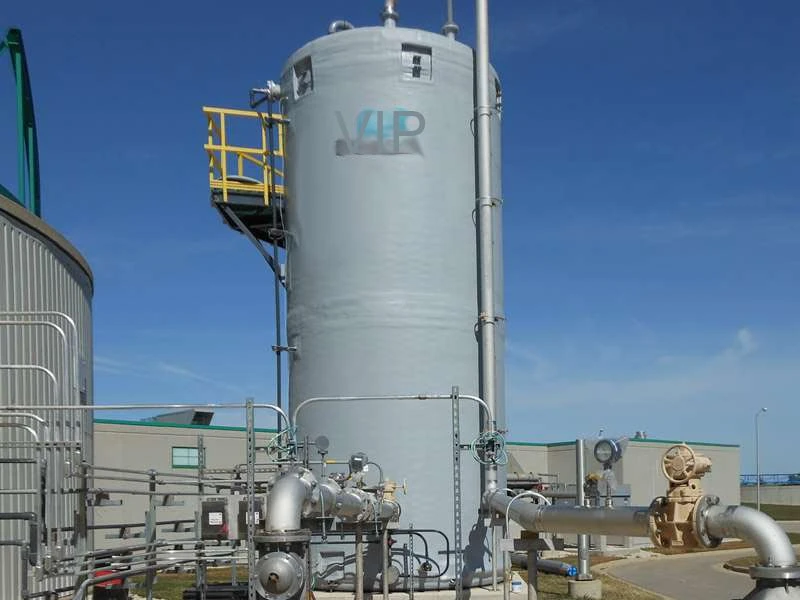
-
 Afrikaans
Afrikaans -
 Albanian
Albanian -
 Amharic
Amharic -
 Arabic
Arabic -
 Armenian
Armenian -
 Azerbaijani
Azerbaijani -
 Basque
Basque -
 Belarusian
Belarusian -
 Bengali
Bengali -
 Bosnian
Bosnian -
 Bulgarian
Bulgarian -
 Catalan
Catalan -
 Cebuano
Cebuano -
 China
China -
 China (Taiwan)
China (Taiwan) -
 Corsican
Corsican -
 Croatian
Croatian -
 Czech
Czech -
 Danish
Danish -
 Dutch
Dutch -
 English
English -
 Esperanto
Esperanto -
 Estonian
Estonian -
 Finnish
Finnish -
 French
French -
 Frisian
Frisian -
 Galician
Galician -
 Georgian
Georgian -
 German
German -
 Greek
Greek -
 Gujarati
Gujarati -
 Haitian Creole
Haitian Creole -
 hausa
hausa -
 hawaiian
hawaiian -
 Hebrew
Hebrew -
 Hindi
Hindi -
 Miao
Miao -
 Hungarian
Hungarian -
 Icelandic
Icelandic -
 igbo
igbo -
 Indonesian
Indonesian -
 irish
irish -
 Italian
Italian -
 Japanese
Japanese -
 Javanese
Javanese -
 Kannada
Kannada -
 kazakh
kazakh -
 Khmer
Khmer -
 Rwandese
Rwandese -
 Korean
Korean -
 Kurdish
Kurdish -
 Kyrgyz
Kyrgyz -
 Lao
Lao -
 Latin
Latin -
 Latvian
Latvian -
 Lithuanian
Lithuanian -
 Luxembourgish
Luxembourgish -
 Macedonian
Macedonian -
 Malgashi
Malgashi -
 Malay
Malay -
 Malayalam
Malayalam -
 Maltese
Maltese -
 Maori
Maori -
 Marathi
Marathi -
 Mongolian
Mongolian -
 Myanmar
Myanmar -
 Nepali
Nepali -
 Norwegian
Norwegian -
 Norwegian
Norwegian -
 Occitan
Occitan -
 Pashto
Pashto -
 Persian
Persian -
 Polish
Polish -
 Portuguese
Portuguese -
 Punjabi
Punjabi -
 Romanian
Romanian -
 Russian
Russian -
 Samoan
Samoan -
 Scottish Gaelic
Scottish Gaelic -
 Serbian
Serbian -
 Sesotho
Sesotho -
 Shona
Shona -
 Sindhi
Sindhi -
 Sinhala
Sinhala -
 Slovak
Slovak -
 Slovenian
Slovenian -
 Somali
Somali -
 Spanish
Spanish -
 Sundanese
Sundanese -
 Swahili
Swahili -
 Swedish
Swedish -
 Tagalog
Tagalog -
 Tajik
Tajik -
 Tamil
Tamil -
 Tatar
Tatar -
 Telugu
Telugu -
 Thai
Thai -
 Turkish
Turkish -
 Turkmen
Turkmen -
 Ukrainian
Ukrainian -
 Urdu
Urdu -
 Uighur
Uighur -
 Uzbek
Uzbek -
 Vietnamese
Vietnamese -
 Welsh
Welsh -
 Bantu
Bantu -
 Yiddish
Yiddish -
 Yoruba
Yoruba -
 Zulu
Zulu
Innovative Solutions for FRP Ductwork Installation and Maintenance
The Importance of FRP Ductwork in Modern Construction
In contemporary construction and industrial applications, the choice of materials plays a pivotal role in determining the efficiency and longevity of a system. One such material that has gained significant traction is Fiberglass Reinforced Plastic (FRP), particularly in the fabrication of ductwork. FRP ductwork offers a multitude of advantages that make it an ideal choice for various environments, notably in chemical plants, wastewater treatment facilities, and other harsh industrial settings.
The Importance of FRP Ductwork in Modern Construction
Another significant advantage of FRP ductwork is its lightweight nature. Traditional duct materials, such as steel or aluminum, can be cumbersome and require substantial support structures. In contrast, FRP is considerably lighter, leading to reduced installation costs and labor. This ease of handling can significantly expedite the construction process, allowing for quicker project completion without sacrificing quality.
frp ductwork

Furthermore, FRP ductwork boasts excellent thermal insulation properties. The composite nature of FRP helps prevent condensation, which can lead to mold growth and other moisture-related issues. This not only enhances the indoor air quality of a facility but also contributes to the overall energy efficiency of a building. By minimizing heat loss in HVAC applications, FRP ductwork can help lower energy consumption, making it an environmentally friendly choice.
In addition to its functional benefits, FRP ductwork offers versatility in design. It can be molded into a wide range of shapes and sizes to fit specific architectural requirements, such as tight spaces or complex layouts. This adaptability ensures that engineers and architects can achieve their design goals without being hindered by material limitations.
Moreover, FRP ductwork requires minimal maintenance, further adding to its appeal in both residential and industrial sectors. The non-porous surface of FRP resists microbial growth and is easier to clean compared to traditional metals. This makes it an ideal choice for environments where hygiene is a priority, such as food processing and healthcare facilities.
In conclusion, the use of FRP ductwork in modern construction offers numerous advantages over traditional materials. Its strength, lightweight properties, thermal efficiency, design flexibility, and low maintenance requirements make it a superior choice for various applications. As industries continue to seek sustainable and cost-effective solutions, FRP ductwork is poised to play a crucial role in the future of construction and infrastructure development.









